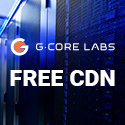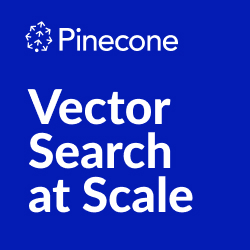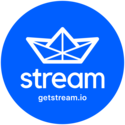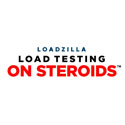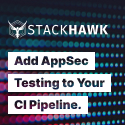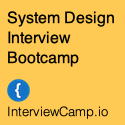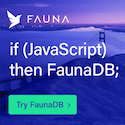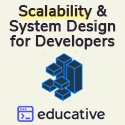Joyent - Cloud Computing Built on Accelerators
 Wednesday, October 1, 2008 at 4:33PM
Wednesday, October 1, 2008 at 4:33PM Kent Langley was kind enough to create a profile template for Joyent, Kent's new employer. Joyent is an infrastructure and development company that has put together a multi-site, multi-million dollar hosting setup for their own applications and for the use of others. Joyent competes with the likes of Amazon and GoGrid in the multi-player cloud computing game and hosts Bumper Sticker: A 1 Billion Page Per Month Facebook RoR App. The template was originally created with web services in mind, not cloud providers, but I think it still works in an odd sort of way. Remember, anyone can fill out a profile template for their system and share their wonderfulness with the world.

